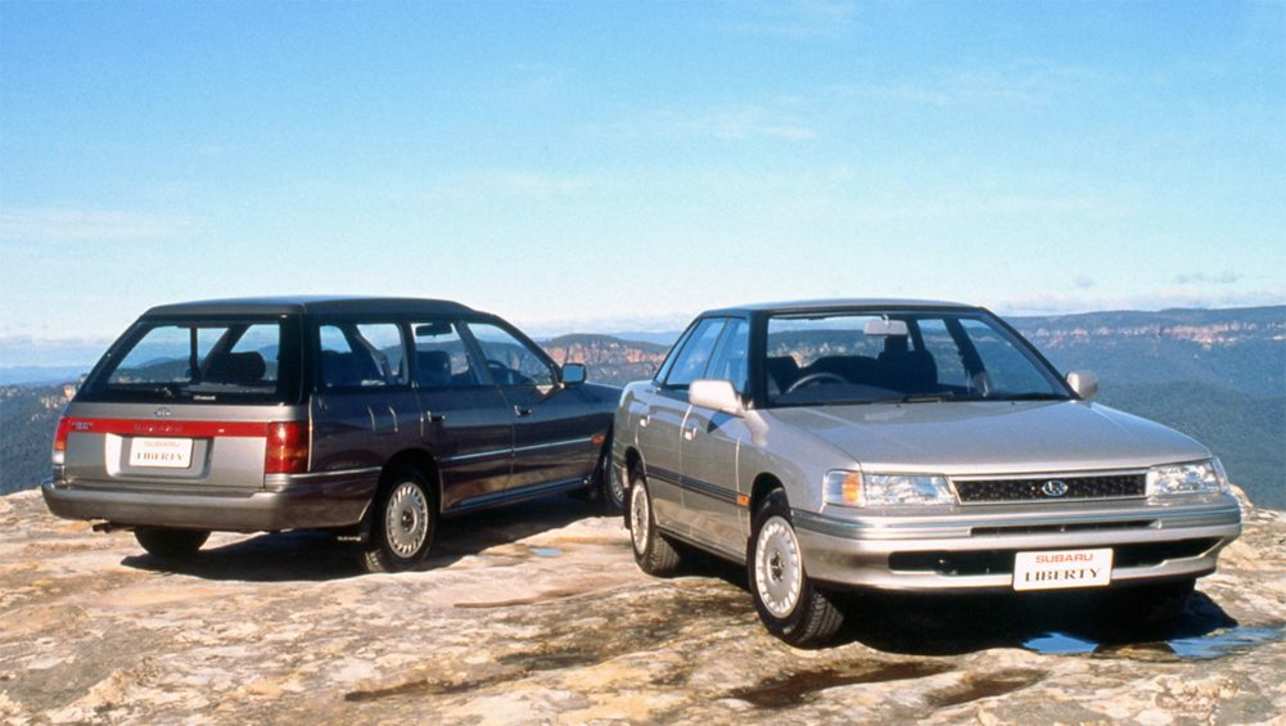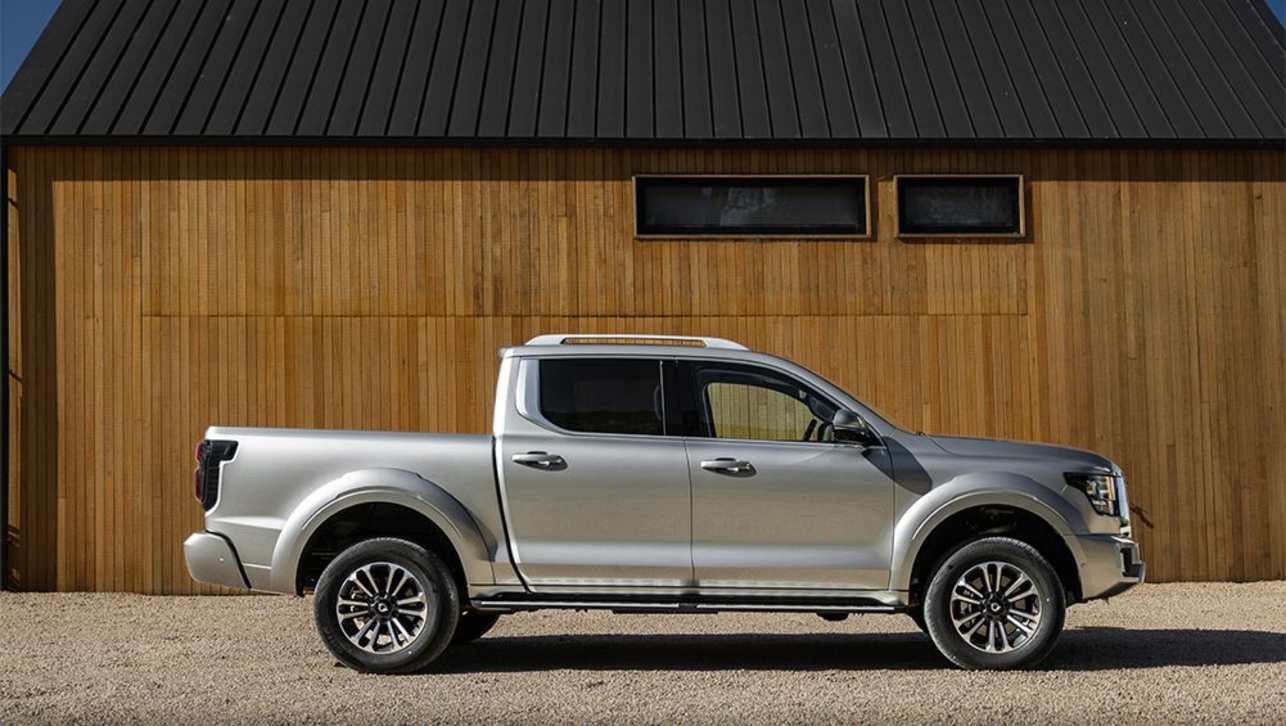Porsche copped a bit of flack when it launched its first Panamera saloon back in 2010, much like it did when it dropped the Cayenne SUV onto the world in 2002.
The fact that the Panamera was the biggest car Porsche had ever launched was one element, but the other was its polarising styling. With its massively long wheelbase and a prominent, arched rear, the original Panamera didn’t invoke the same emotions that, say, a 911 did.
Porsche has tweaked that for the second generation car, which was launched overnight. Based on the Volkswagen Group’s MSB platform, which will also be used for the new-generation Bentley Continental GT, the Panamera is more sleek and subtle in its silhouette, even though the fundamentals from the first car remain.
A 20mm lower roofline at the rear, sharper lines down the flanks and revised front and rear styling lower the car and more easily bring to mind that endearing 911 swoop.
The Panamera will come to Australia in three models; the V6 twin-turbo 4S, the turbo diesel 4S and the range-topping, twin-turbo v8-powered Panamera Turbo.
Porsche claims that the 324kW, 850Nm 4S Diesel is currently the world’s fastest production vehicle with a diesel engine.
All Australian-delivered cars are all-wheel drive and all – including the diesel – will use Porsche’s eight-speed PDK double-clutch gearbox.
Inside, all three saloons score Porsche’s updated dash and centre console arrangement, which cleans up the previously cluttered central binnacle and features a massive 12.3-inch multimedia screen front and centre.
The centre console also features touch-sensitive panels instead of switchgear.
In front of the driver, a pair of smaller screens flank the central analog tachometer – itself a nod to the 356A of the 1950s - and both can be configured individually to suit the driver’s preferences.
Under the bonnet, the new 2.9-litre V6 twin turbo in the 4S makes 324kW at 5,650rpm, up 15kW on the outgoing car. It delivers 55Nm of torque between 1,750 and 5,500, and can reach 100km/h in just 4.4 seconds (or 4.2 seconds with the Sport Chrono Package) before topping out at 289km/h.
It’ll return 8.2 litres per 100km and burps out 186g of CO2 per kilometre.
Porsche claims that the 324kW, 850Nm 4S Diesel is currently the world’s fastest production vehicle with a diesel engine, and with that much torque, we’d believe it.
It can nail 0-100km/h in just 4.5 seconds (4.3 seconds with the Sport Chrono Package) and burns 6.8L/100km, emitting 178g of CO2/km.
Meanwhile, the all-new Porsche-developed 4.0-litre twin-turbo V8 makes 404kW at 5,750 rpm and a monstrous 770Nm between 1,960 and 4,500rpm.
This is 22kW and 70Nm up on the outgoing model. It nails the 100km/h sprint in 3.8 seconds, or 3.6 with Sport Chrono installed, and can knock off 306km/h flat out.
The Panamera’s chassis retains much the same double wishbone front/multi-link rear suspension layout, and Australian-spec cars will all come standard with Porsche’s triple-chamber air suspension kit. It can also be optioned with the trick rear-steer system from the 911 and 918.
The electromechanical steering set-up is also new, and Porsche says the brakes have been improved, as well.
The options list for the Panamera range will no doubt be long and extensive, and it will include for the first time a night vision system. One thing that’s not available in our market yet, though, is an autonomous drive system that Porsche calls InnoDrive.
Based on navigation data input from radar and video sensors, Porsche says the InnoDrive system can compute and activate the best acceleration and deceleration rates, as well as gear selections and coasting phases, for the next three kilometres, taking corners, hills and speed limits into account.
The Panamera can be ordered now, with deliveries expected in the first quarter of 2017.




.jpg)









.jpg)

.jpg)

.jpg)

.jpg)
.jpg)

.jpg)
.jpg)


.jpg)

Comments